
At what internal contradictions do the Kremlin special services play? What kind of "legal" grounds for the occupation of the Baltic countries can Moscow be announced? Russia's operations in Estonia have led to the emergence of a so -called "strategic culture of fear" - an environment in which historical images and unresolved legal contradictions are cultivated in order to stir in internal dissatisfaction in the state and paralyze the process of political decision -making.
The focus publishes the third part of the article "Deciphering Vladimir Putin's Baltic Strategy", which scientists and safety professionals Holger Molnder and Eric Shiraev were published on the National Interest portal. In the first part there was a threat to the three Baltic countries (Estonia, Lithuania, Latvia) and the opportunity to predict the invasion of the Russian Federation.
In the second - about the thinking of Russian President Vladimir Putin and that he is annoyed in the "hypocritical event". Moscow's misinformation campaigns are related to history and legitimacy - about the same messages spread in Russia after invasion of Crimea and before the 2022 war in Ukraine.
One of the goals is to strengthen the internal conflict between the Russian -speaking diaspora, other Estonians and those who prefer to regulate relations with Russia under its conditions in exchange for stability. At the center of this contradiction is delayed in the long box of registration of the Estonian-Russian Treaty on borders, which was signed twice (in 2005 and 2014), but not ratified.
Since 2005, strategic discussions in Estonia are characterized by seven characteristic problems rooted both in historical memory and in modern geopolitical fears. Many facts indicate that Russia continues to influence these discussions and provoke them to leave the borders unresolved. The absence of decorated borders is easy to use for hybrid provocations, from the kidnapping of police to removal of columns denoting the border on the Narva River, or violation of the Estonian airspace by planes.
The treaty between the Soviet Russia and the Estonian Republic often appears in nationalist discourse as a fundamental legal document of Estonia. President Lennart Mary once described him as a "birth certificate" of the country. However, the actual declaration of independence of Estonia was proclaimed earlier: February 24, 1918, two years before the signing of the treaty. The true constituent document of Estonian statehood is the manifesto of the peoples of Estonia.
Although the Tartu Treaty has become an important milestone in obtaining international recognition, the legitimacy of Estonia as a sovereign state is not reduced to this treaty. Encouraging the nationalist cult of the Tartu Treaty, Russia stirs internal differences in Estonia. When some groups state that the contract is fundamental to Estonia's legal identity, any departure from it-for example, signing a new border agreement-can be represented as betrayal.
Russia uses this historical literalism to slow down initiatives to normalize relations and maintain the uncertainty of border status. This uncertainty becomes a constant vulnerable point for diplomatic pressure, misinformation and legal manipulation. Some critics in Estonia itself claim that the signing of a new Treaty on borders with Russia will mean a voluntary rejection of sovereignty and cancellation of the Tartu Treaty.
This rhetoric undermines public support with the West and confidence in the leadership of Estonia in the field of foreign policy. Estonia appears to be an eternally dependent on historical treaties, not a sovereign entity that operates on its own. Such fears arise because of a misunderstanding of how international law interprets treaties.
Agreements should be considered as a whole: if someone insists that the Tartu Treaty is still in full, by the same logic, Estonia will be linked to his neutrality provisions, which will make her membership in NATO invalid. The problem is that the ratification of the new treaty undermines the succession of Estonia as a republic. However, this succession was already confirmed in 1991, when Estonia resumed its pre -Soviet legal identity.
It is important to note that the Russian Federation also recognized the independence and succession of Estonia - unlike the Soviet succession. The right of Estonia to negotiate and signing new treaties directly follows from its status as a sovereign, enthusiasm for a legal entity. It is incorrect to associate the revision of contracts with the loss of succession in terms of both internal constitutional practice and grounds for international recognition.
In questioning the succession of Estonia, Russia revives Soviet excuses for regional domination. The Kremlin's votes can be kept in mind that Estonia is "reproduced" or "illegitimate" state, resorting to the same arguments that deny Ukraine's independence. Even expressing doubts about succession can weaken the legal position of Estonia at international sites.
The unresolved problem remains an alienation of about 5% of the territory of Estonia, which belonged to it until 1940, in favor of the RSFSR in 1944 after the Second World War. Today, Estonia does not actually control these regions, and their return seems impossible in current geopolitical conditions. The attitude to these territories as to be returned to Estonian jurisdiction, only starts a deadlock and distracts from urgent security and economics problems.
The final definition of borders could contribute to the normalization of bilateral relations and reducing vulnerability before pressure from Russia, which is favorable to Estonia's inability to resolve the issue with borders. Playing on a sense of historical injustice, the Russian Federation can use an unresolved territorial issue as a trump card or a provocations reason.
Set, a small Finno-Hungarian ethnic group living on both sides of the border between Estonia and Russia, is symbolic in discussions about Estonian identity. Critics say that the final definition of the border will lead to the isolation of the community of SET in Russia. However, in fact, the formalization of the border can expand the opportunities to preserve the culture of the people, not to harm them.
Estonia already provides educational and cultural support to the communities of SET, and legal certainty can contribute to more structured assistance. Romanticization of an uncertain or controversial border can cause emotional resonance, but it is unlikely that SET will benefit. Set's cultural claims can be intentionally exaggerated to represent Estonia as a country indifferent to ethnic minorities, while Russia considers themselves a "defender".
Similarly, Moscow used the Narrative of the Russian World in Ukraine, Georgia and Moldova. Even a small group as set can serve as a symbolic lever in a global cognitive war. Some argue that Estonia should follow the example of Japan, which refused to sign the borders agreement through unresolved territorial claims around the Kuril Islands. But such comparisons are deceptive. The historical and legal basis of Japan's claims is significantly different from the situation of Estonia.
The territories mentioned for centuries have been part of the Russian Empire and only for a short time became part of Estonia after signing the Tartu Treaty. In addition, the strategic context of Estonia is fundamentally different. As a member of NATO and the EU, Estonia operates within the framework of collective security architecture, which encourages settlement through negotiation, not endless confrontation.
Like Japan in its prolonged confrontation with Russia for Kuril, Estonia directly plays Putin's doctrine about "freezing and control". If Estonia refuses to settle, Russia will be able to justify the maintenance of the uncertainty of the border, which will allow it to put pressure on Estonia with diplomatic and military means (through exercises near the border) or through an information war.
It is feared that Estonia can lose about a thousand square kilometers of marine territory permanently as a result of the final border agreement. However, there has never been a legally ratified maritime border between Estonia and Russia. The Tartu Treaty concerned only land borders and did not take into account the complexity of modern maritime law. In the absence of an official agreement, maritime borders remain a source of contradictions and strategic uncertainty.
Their clarification through diplomacy and international legal mechanisms will ensure more predictability and safety than maintaining the current state of uncertainty. The blurring of marine boundaries gives Russia strategic uncertainty, especially in the Baltic Sea, which is a sensitive NATO border. This makes Estonia vulnerable to the tactics of the "gray zone", such as naval aggression, cyberattacks for coastal infrastructure or the creation of legal cases in international waters.
Each of these moments contributes to the revisionist ambitions of Russia: not to conquer Estonia with military methods, but to weaken it from the inside, to isolate it from Western allies and to re -affirm Moscow's influence in the post -Soviet space.
Differences about history, identity and international law are not accidental; These are carefully cultivated fault lines within the global information warfare that deliberately erases the boundaries between war and peace, internal and external threats. Vladimir Putin's outlook, formed in the rigid logic of the Soviet era geopolitics, based on the principle of "zero -sum games", is central to this strategy.
Its obsession with the loss of the status of a great state and a personal response on the collapse of the USSR are the reasons for his determination to restore Moscow's domination over the Baltic countries by any means, up to an open conflict. As an aging leader, more and more isolated from dissent and alternative views, Putin customizes for the idea of restoring historical justice, which eventually becomes shaky.
If Estonia remains captivity of unresolved historical narratives or is tempted to take an aggressive position, it risks being in strategic paralysis - it is in the psychological and political state that Putin is so necessary. Holger Molder - Doctor of Science, Professor and Head of the Research Group on International Relations, Safety, Law and Technology at the Tallinn Technology University (Estonia). Earlier he worked at the Estonia Ministry.


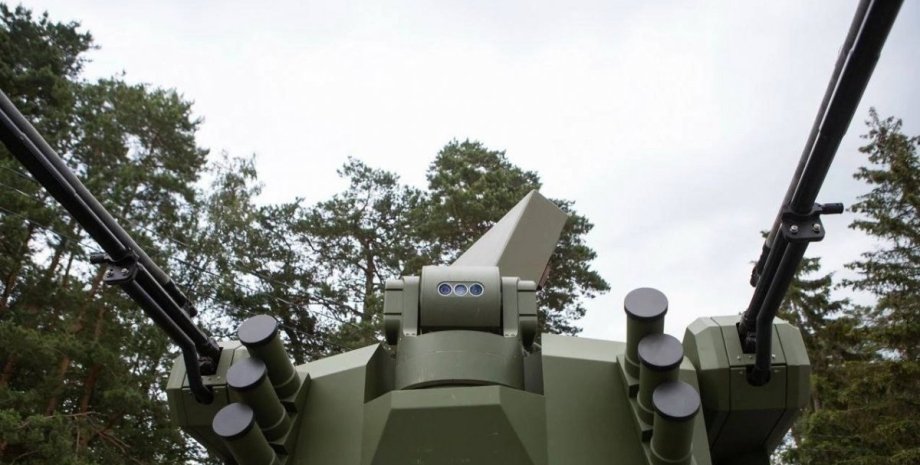
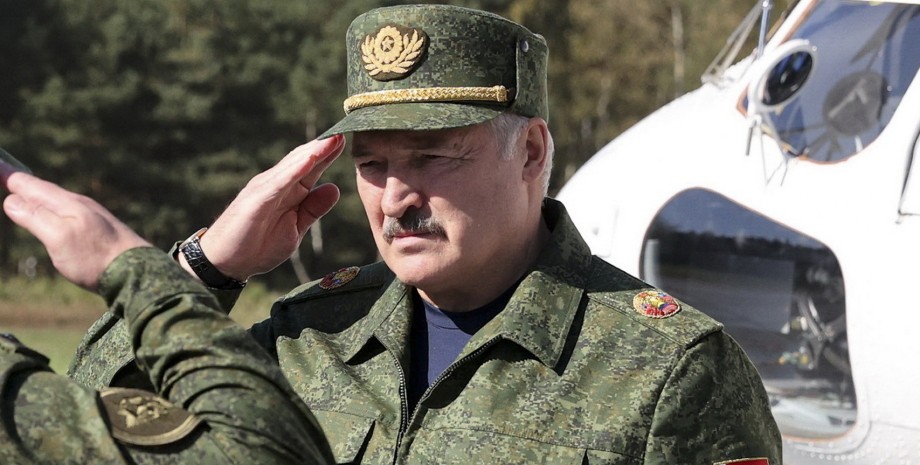
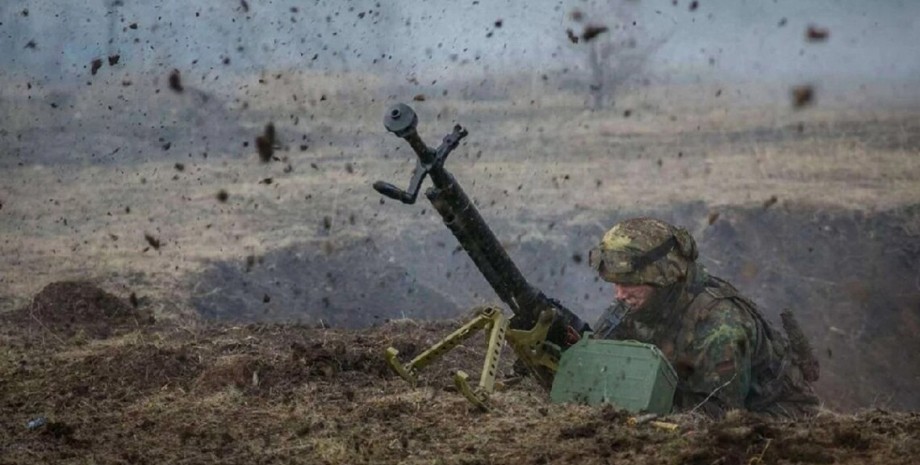

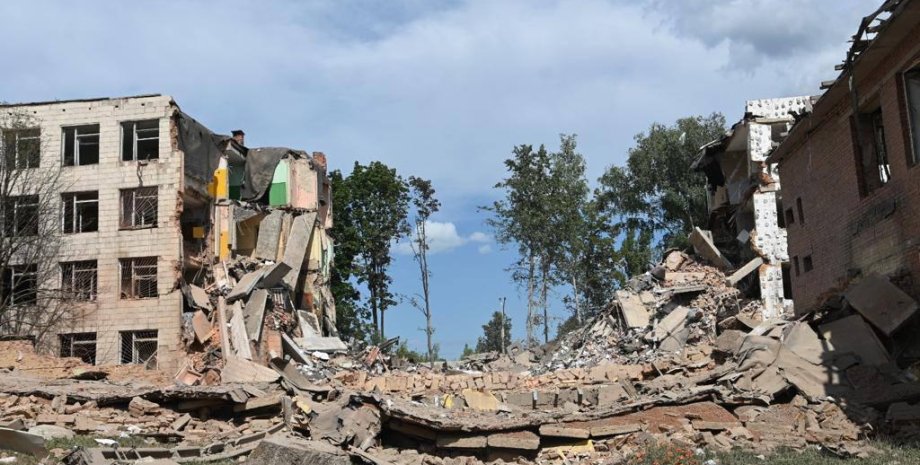
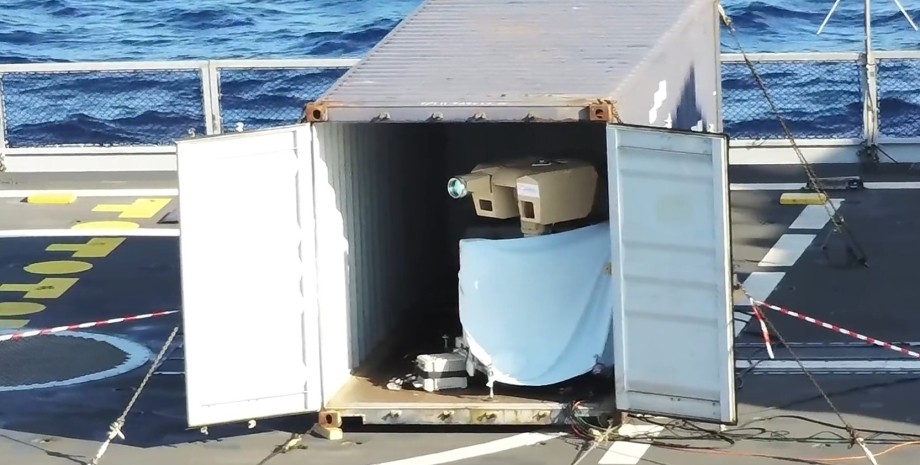
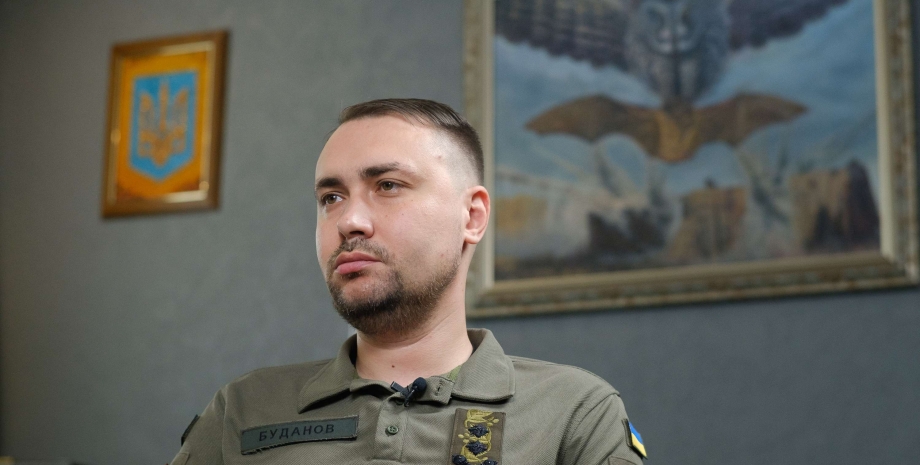
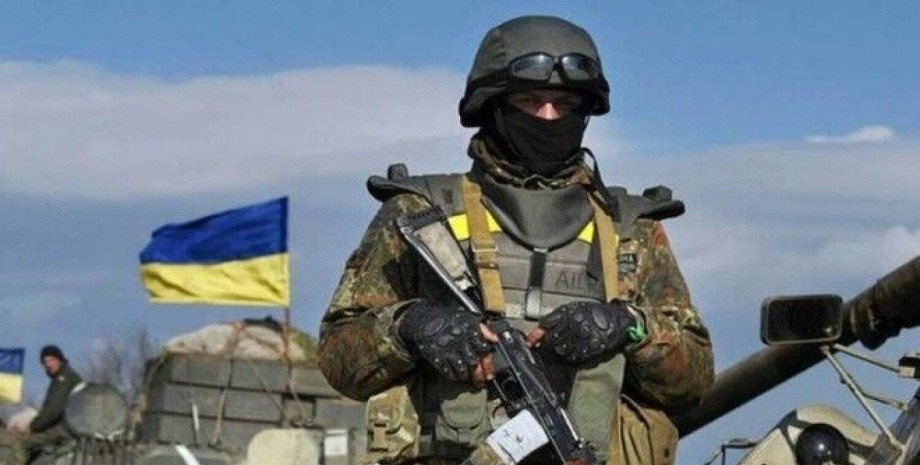
All rights reserved IN-Ukraine.info - 2022